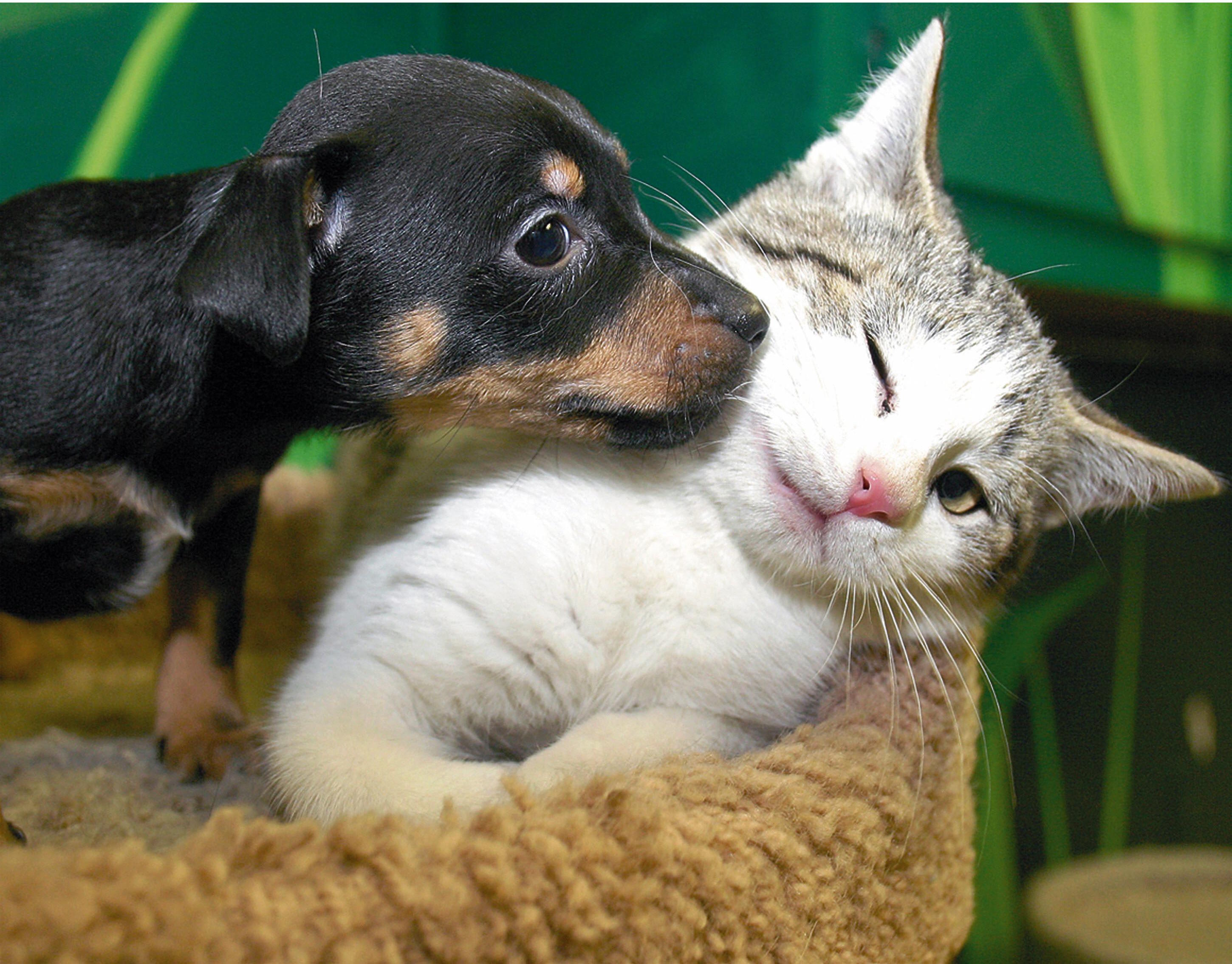You may have heard that couples who stay together for many years end up looking physically similar. Science has investigated this, and although there is still no conclusive answer, most studies lean towards yes, due to exposure to the same environmental conditions, lifestyles, and a tendency to mimic expressions and gestures. But now it turns out that the same happens with dogs and cats, to the point that, biologically, we are almost unable to differentiate between the skull of a pug and that of a Persian cat.
After centuries living in our homes and in our lifestyle, intensive breeding of species with flat faces and fluffy appearance has caused the skulls of pugs and Persian cats to evolve to be more similar to each other than to the rest of their own species.
For the first time, scientists from Cornell University and the University of Washington have demonstrated that our selective pressures for breeding certain cats and dogs have resulted in what science calls convergence: the tendency of animals and plants that have no relation to each other, but end up developing similar characteristics in similar environmental conditions. When evaluating the speed of evolution, it is worth noting that the dog descends from the gray wolf (Canis lupus), light-years away from having a flattened face, and the cat from the African wildcat (Felis silvestris lybica).
Convergence was observed in all breeds with short faces, technically known as brachycephalic or flat-faced. As a result of our artificial selection, as pointed out in the study just published in the scientific journal PNAS, these breeds that have been evolutionarily separated for 50 million years, suddenly converge again.
"Persian cats, pugs, and Pekingese dogs have very similar skulls, with flat and short faces, and their muzzles and palates are tilted upwards in the same way," says Abby Drake, associate professor at Cornell, and author of the article along with Jonathan Losos, biology professor at the University of Washington.
The authors analyzed 47 3D reference points in 1,810 skulls of dogs, cats, wildcats (Felis silvestris), wolves (Canis lupus), and other living members of the Felidae and Canidae families, and the Carnivora order. The measurements were obtained from veterinary institutions, museum collections, and MorphoSource, a digital archive of natural history.
When convergence occurs through natural selection, as in the development of wings in birds, bats, and insects, it is usually a sign of a successful trait, according to scientists. But we do not know what happens when it is forced by our aesthetic preferences. "Humans have pushed brachycephalic breeds to such extremes that they are prone to respiratory, feeding, and birthing problems, and would not survive in the wild," Drake points out.
Artificial selection has resulted in remarkable diversity in both cats and dogs, although in the case of the latter, diversity is even greater, to the point that they are more diverse than the entire order of carnivores. Although cats are also more diverse as a species than the entire Felidae family, which has 41 species. "We are observing a very large evolutionary variation within a species that has been evolving for a very short time, and that is extraordinary," concludes Drake.
